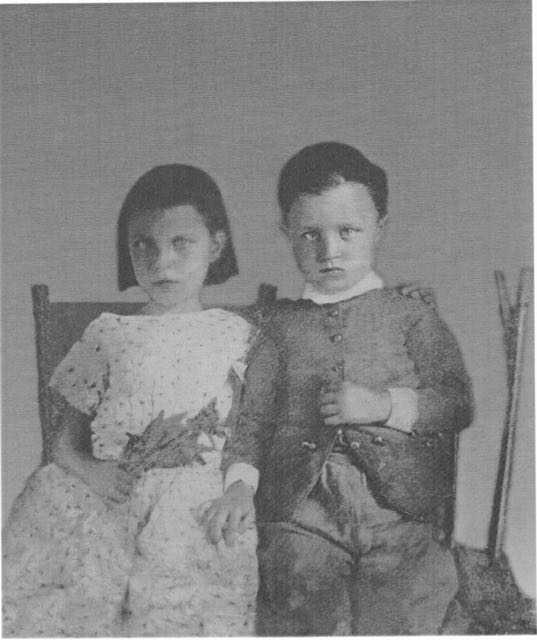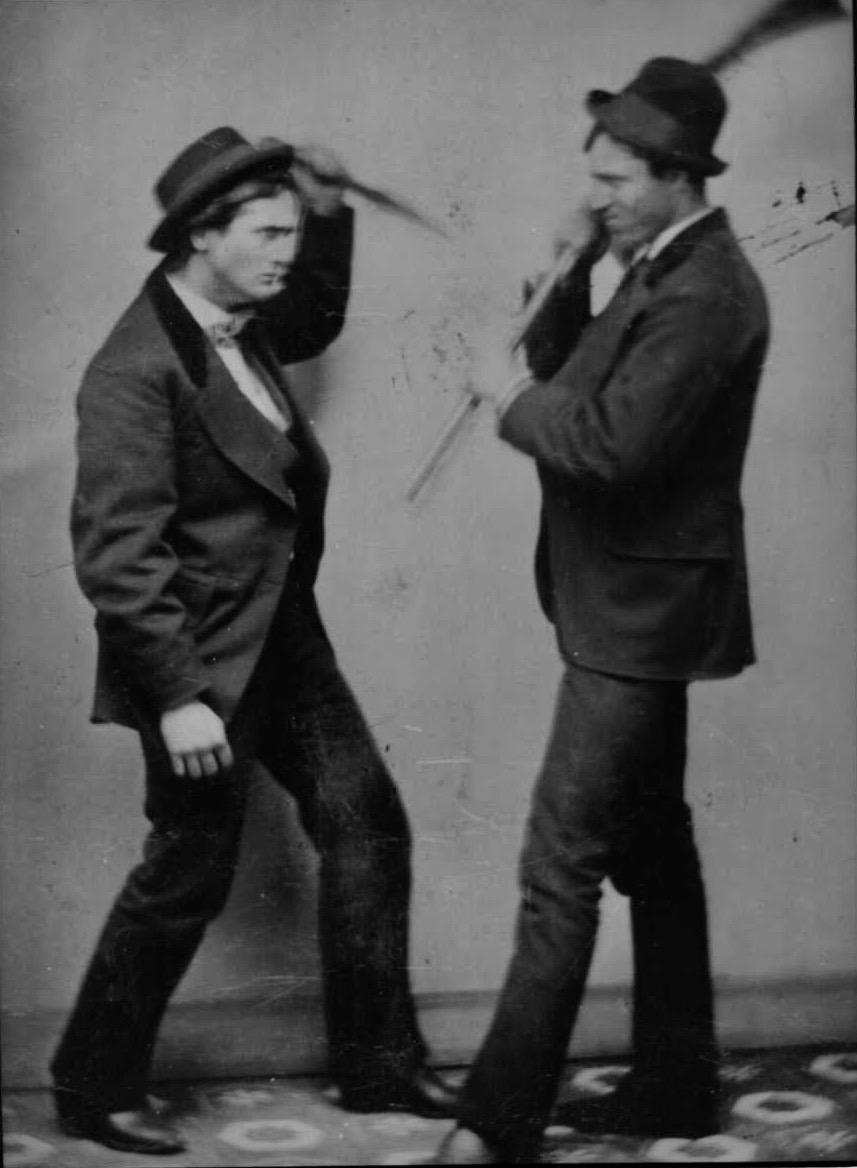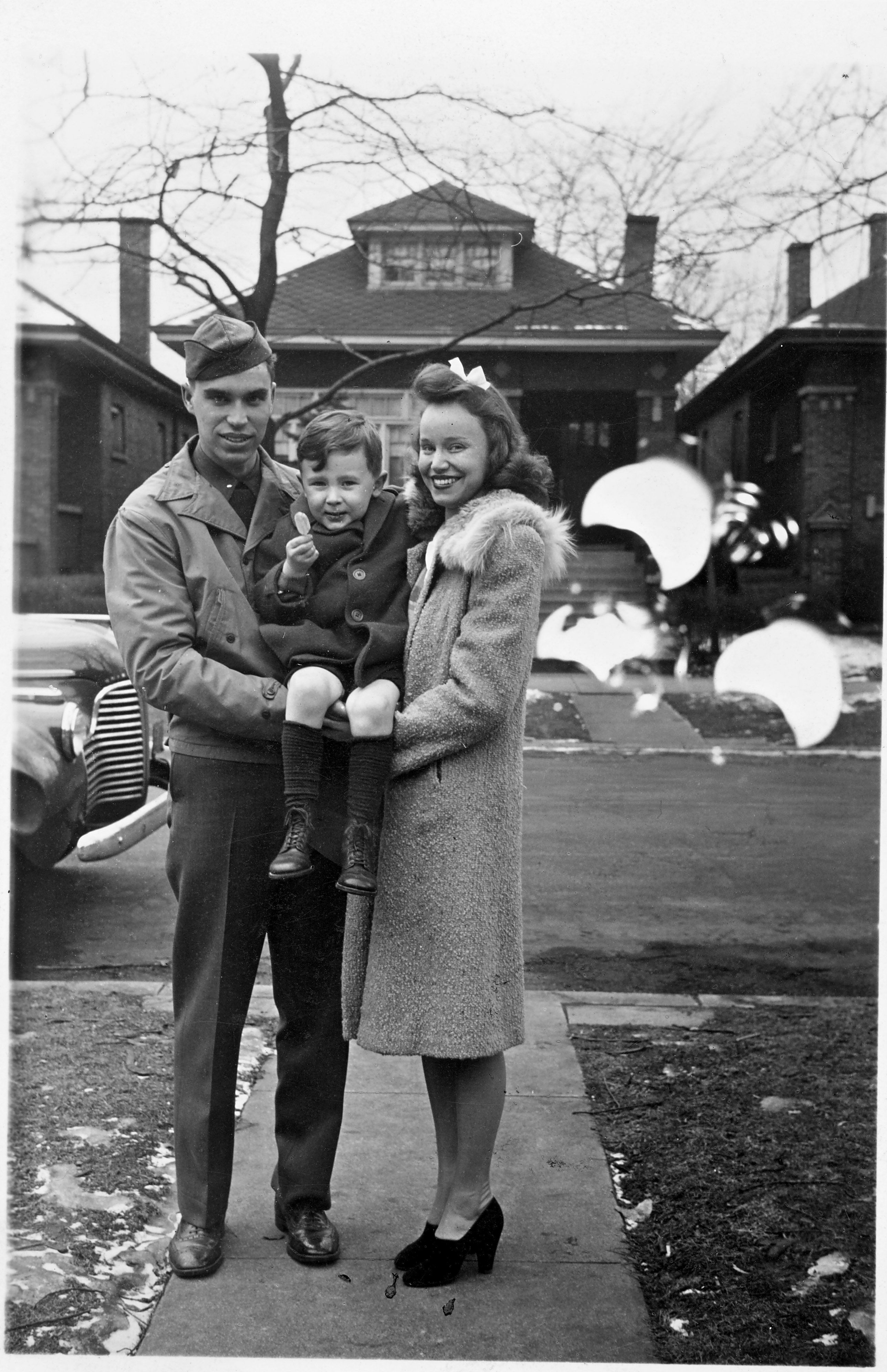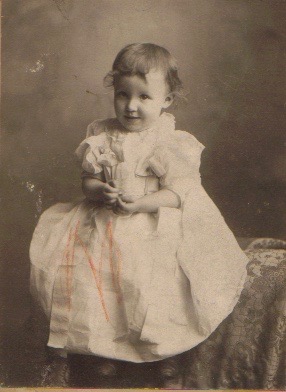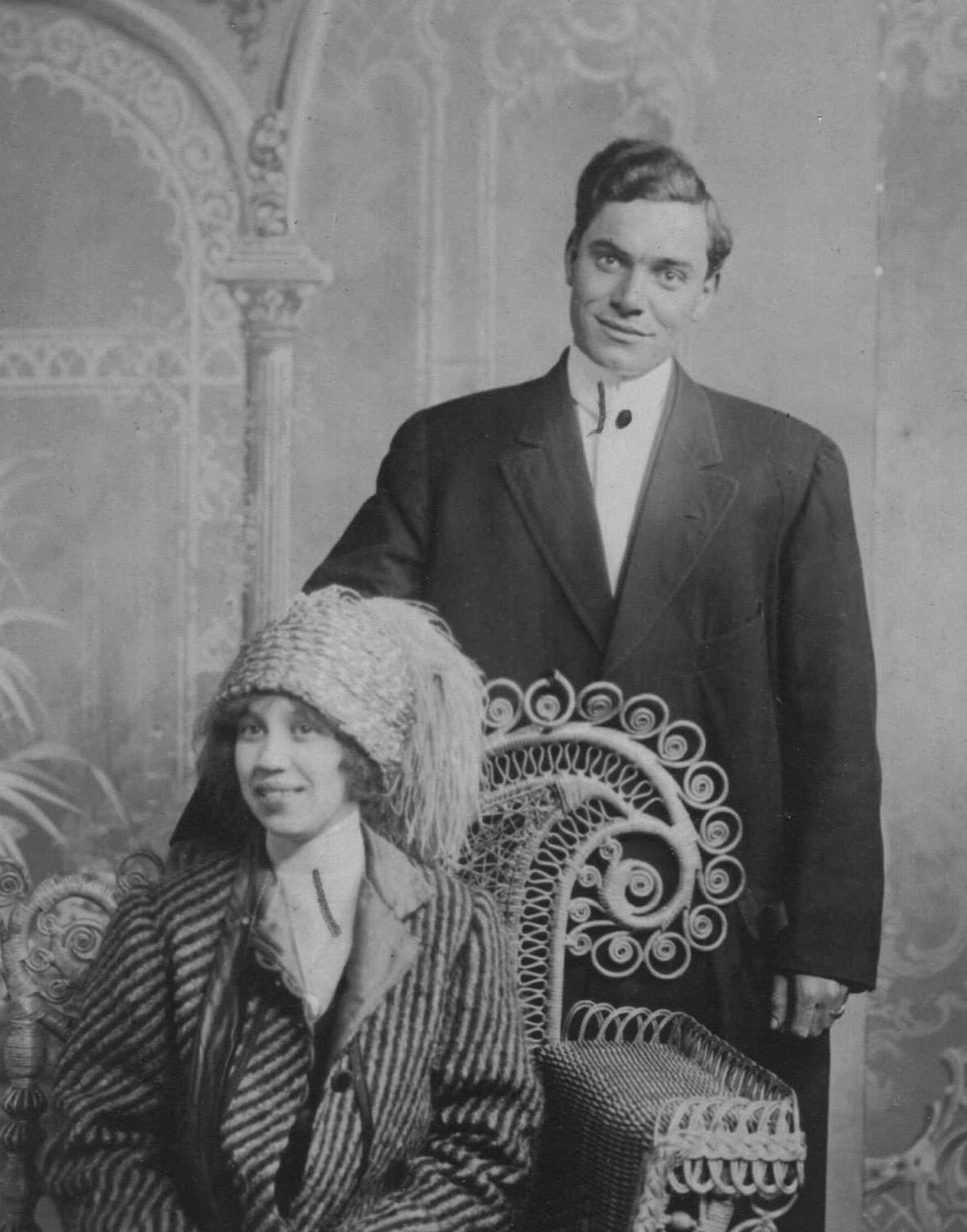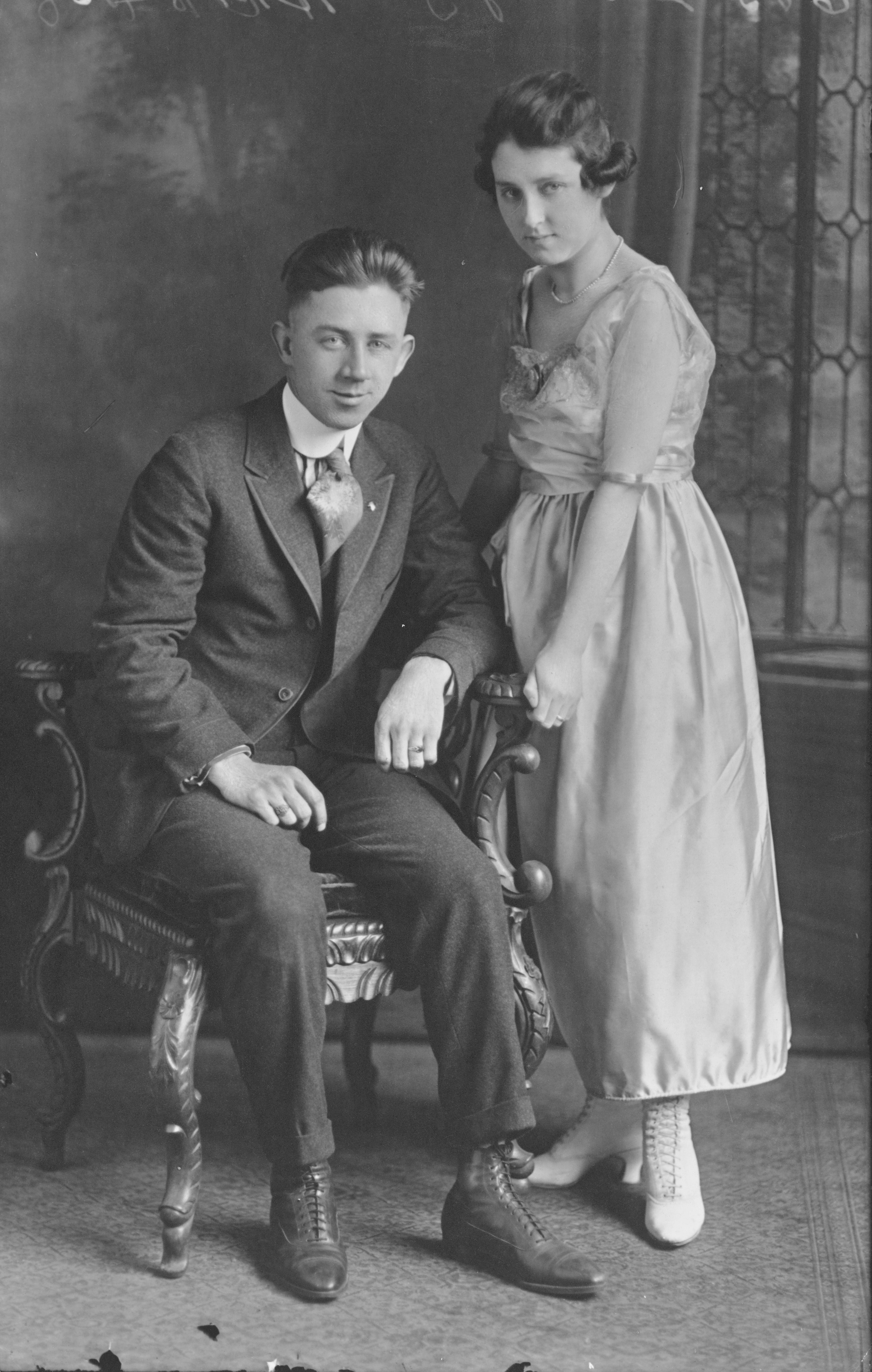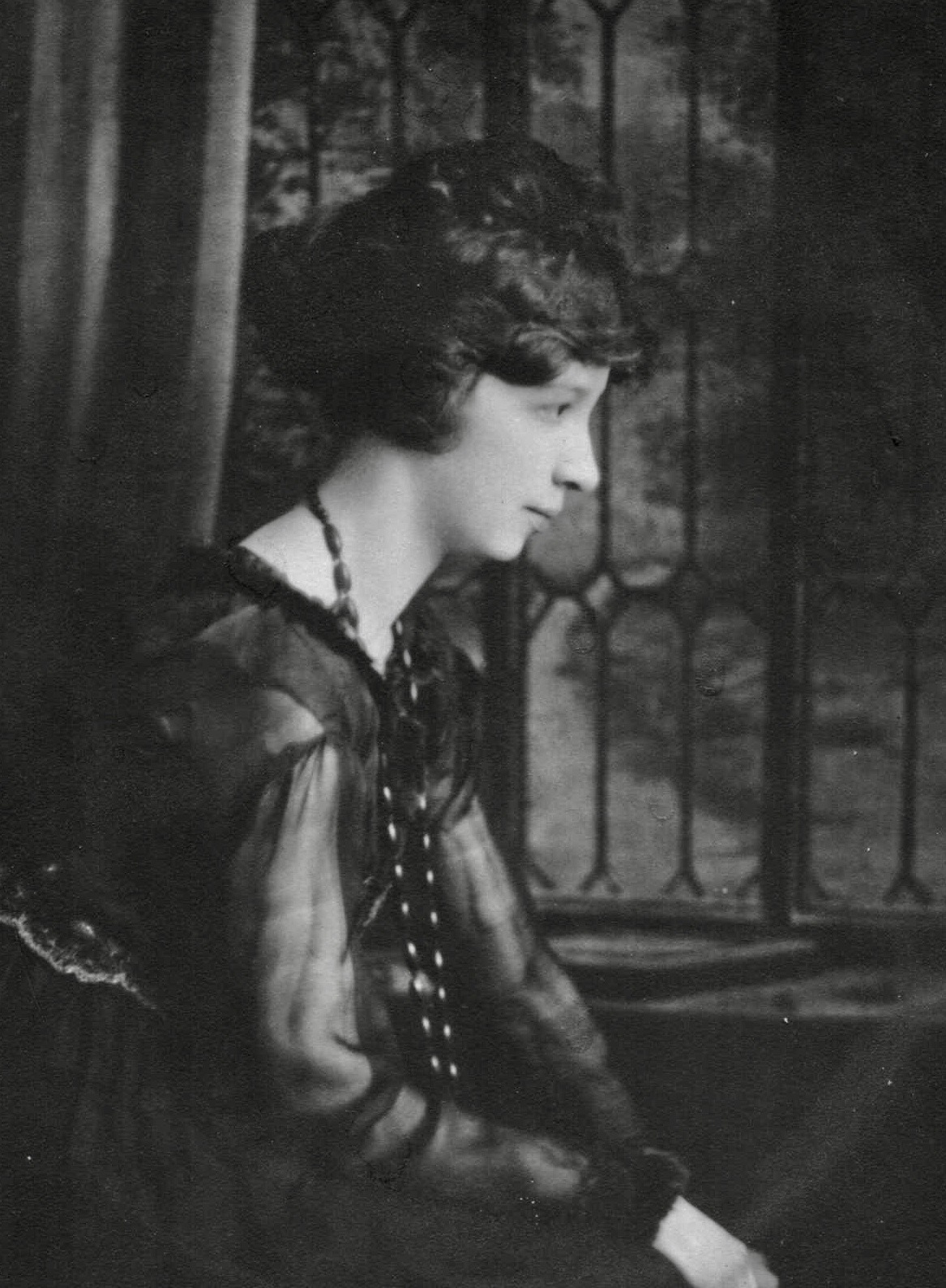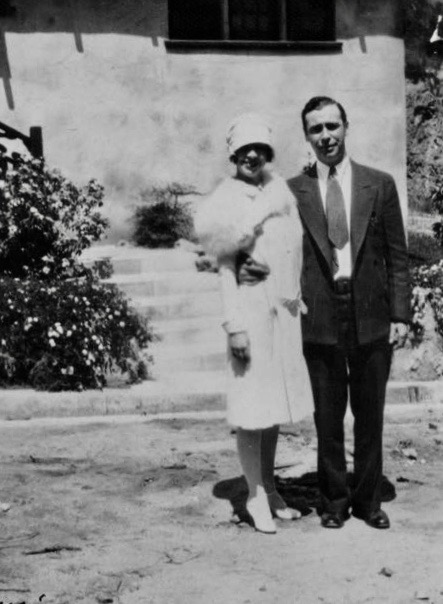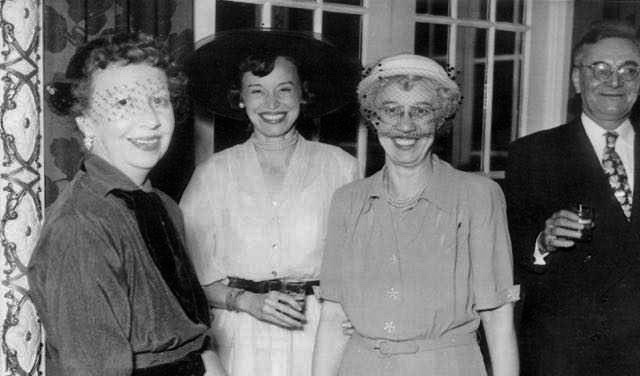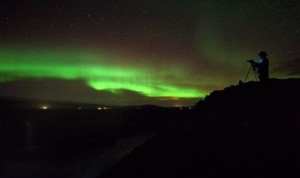I am currently reading Andrew Roberts’ excellent biography of Churchill.
It does a better job with his early life than the other biographies I have read. I am 2/3 through it and have not yet reached Pearl Harbor so the emphasis is clear. I have reflected on a couple of items, not necessarily about Churchill but about his times.
For example, had Cecil Rhodes and the British gold miners not invaded the Transvaal would the Boer War have occurred and, if it had not occurred, would Germany have built its High Seas Fleet?
Now the Transvaal Republic might, like the Orange Free State, have simply remained as a small shut-in self-governing state without creating any disturbance. But the Transvaalers were the sons of the stalwarts who fifty years before had sought to escape from all British control. They looked upon South Africa as a Dutch not a British inheritance; they resented the limitations imposed on them by the British, and their experience had not taught them any respect for the British Empire. Their president, Paul Kruger, had himself gone on the great trek in his boyhood. It is not possible to doubt that President Kruger dreamed his own dreams of a United South Africa, but a South Africa under a Dutch flag, not under the Union Jack; though how far those dreams were shared by others is not equally clear. But whatever his ambitions outside the Transvaal, within the borders of the republic he intended to go his own way.
But then gold was discovered in Transvaal.
In 1885, however, the discovery was made of valuable goldfields within the territories of the republic; aliens, Uitlanders as they were called, for the most part British subjects, whatever their actual nationality might be, poured into the Transvaal to exploit the mines. The Boer government had no objection to the exploitation of the mines on its own terms, which did not include the concession of citizenship to the Uitlanders till after a very prolonged residence. All the burdens of citizehship were laid on the Uitlanders without its privileges. The Uitlanders began to feel that they had no security for justice, and to demand approximately the opportunities for acquiring citizenship in the Transvaal which were readily accorded to the Transvaaler who migrated into British territory.
Then came The Jameson Raid.
The Jameson Raid is one of the great mysteries of British imperial history. Launched in the early hours of the penultimate day of 1895, it has provided historians with juicy morsels to toy with ever since. Naturally, it caused enormous interest and controversy at the time, and, arguably was one of the main causes of the Boer War of 1899-1902. The Raid, led by Cecil Rhodes’ lieutenant and confidant, Dr Jameson, was a crude attempt to settle the Transvaal problem of the 1890’s by overthrowing Kruger’s republic, with the help of the English-speaking Uitlanders of Johannesburg and the Rand, and establishing a pro-British government of some sort in its place. The plan was a disastrous flop: Jameson’s troopers of Rhodes’ British South Africa Police Force were easily rounded up by the Boer Commandos, and the Uitlander uprising went off at half-cock; British policy in South Africa lay in ruins.
Germany was sympathetic to the Boers but the British Navy banned any attempt to help them.
Who were the Boers ?
The Dutch East India Company had been formed in the Dutch Republic in 1602, and the Dutch had entered keenly into the competition for the colonial and imperial trade of commerce in Southeast Asia. In 1648 one of their ships was stranded in Table Bay, and the shipwrecked crew had to forage for themselves on shore for several months. They were so impressed with the natural resources of the country that on their return to the Republic, they represented to the directors of the company the great advantages to the Dutch Eastern trade to be had from a properly provided and fortified station of call at the Cape. The result was that in 1652, a Dutch expedition led by surgeon Jan van Riebeek constructed a fort and laid out vegetable gardens at Table Bay.
Landing at Table Bay, Van Riebeek took control over Cape Town, the settlement developed during the previous 10 years. In 1671 the Dutch first purchased land from the native Khoikhoi beyond the limits of the fort built by Van Riebeek; this marked the development of the Colony proper. The earliest colonists were for the most part people of low station; but, as the result of the investigations of a 1685 commissioner, the government worked to recruit a greater variety of immigrants to develop a stable community. They formed a class of “vrijlieden”, also known as “vrijburgers” (free citizens), former Company employees who remained at the Cape after serving their contracts.[8] A large number of vrijburgers became independent farmers and applied for grants of land, as well as loans of seed and tools, from the Company administration.[8]
How did the British get involved ?
In 1795, Holland having fallen under the revolutionary government of France, a British force under General Sir James Henry Craig was sent to Cape Town to secure the colony for the Prince of Orange, a refugee in England?, from the French. The governor of Cape Town at first refused to obey the instructions from the prince; but, when the British proceeded to take forcible possession, he capitulated. His action was hastened by the fact that the Khoikhoi, deserting their former masters, flocked to the British standard. The burghers of Graaff Reinet did not surrender until a force had been sent against them; in 1799 and again in 1801 they rose in revolt. In February 1803, as a result of the peace of Amiens (February 1803), the colony was handed over to the Batavian Republic, which introduced many needed reforms, as had the British during their eight years’ rule. One of the first acts of General Craig had been to abolish torture in the administration of justice. Still the country remained essentially Dutch, and few British settlers were attracted to it. Its cost to the British exchequer during this period was £16,000,000. The Batavian Republic entertained very liberal views as to the administration of the country, but they had little opportunity for giving them effect.
When the War of the Third Coalition broke out in 1803, a British force was once more sent to the Cape. After an engagement (January 1806) on the shores of Table Bay, the Dutch garrison of Castle of Good Hope surrendered to the British under Sir David Baird, and in the 1814 Anglo-Dutch treaty the colony was ceded outright by Holland to the British crown. At that time the colony extended to the line of mountains guarding the vast central plateau, then called Bushmansland, and had an area of about 120,000 sq. m. and a population of some 60,000, of whom 27,000 were whites, 17,000 free Khoikhoi and the rest slaves, mostly imported blacks and Malays.
What about Germany and the Boer War ?
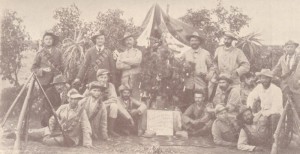
Germany Was sympathetic and many volunteers from Germany joined the Boers.
The relationship between the Boers and the German nation was an unusual one. During the Boer war there was great support for the Boer struggle within Germany and the Kaiser sent a telex to the Boers voicing his support for their war efforts.
The Boers were armed with weapons made by Mauser and Krupp. Although the Boer Commandoes fought in a manner foreign to European battlefields the Artillery was well trained in European methods. Major Albrecht, the officer commanding the Orange Free State artillery was a German Veteran.
A German Freikorps of Volunteers was formed who fought on the Boer side. This included German Officers and Graf Zeppelin who was killed at the battle of Elandslaagte. Another prominent European volunteer killed in action was the French colonel Villebois de Mareuil, a Foreign Legion officer serving on the Boer side.
Any attempt to provide more aid to the Boers was blocked by the Royal Navy, which threatened ships that carried contraband.
In Dec 1899 the British cabinet allowed the Royal Navy to search and impound foreign ships suspected of carrying war material to the Boers. Three German ships, the Bundesrath, Herzog and General were forced into port and searched, with negative results. These incidents certainly fanned the flames of Anglophobia in Germany, and actually allowed the German government to pass their Navy Bill of that year with minimum fuss. This bill set out plans to double the size of the German Navy, starting a European arms race that of course came to a head in 1914.
Intervention by other Great Powers in 1899 wasn’t a practical possibility though because of the Royal Navy’s overwhelming superiority.
But although foreign governments didn’t actively support the Boers, foreign anti-British volunteers most certainly did, including Germans Irish, Dutch, French, Scandinavians, Russians and Americans. Often they distinguished themselves: the Germans under Colonel Schiel at Elandslaagte, the Hollanders in Natal, the Scandinavians at Magersfontein (where a platoon was nearly wiped out when overrun by Highlanders).
The Kaiser’s frustration at this rather high handed behavior by the British was one major reason he began to build the High Seas Fleet. The rest can be read in Massie’s great history of the coming of World War I.
